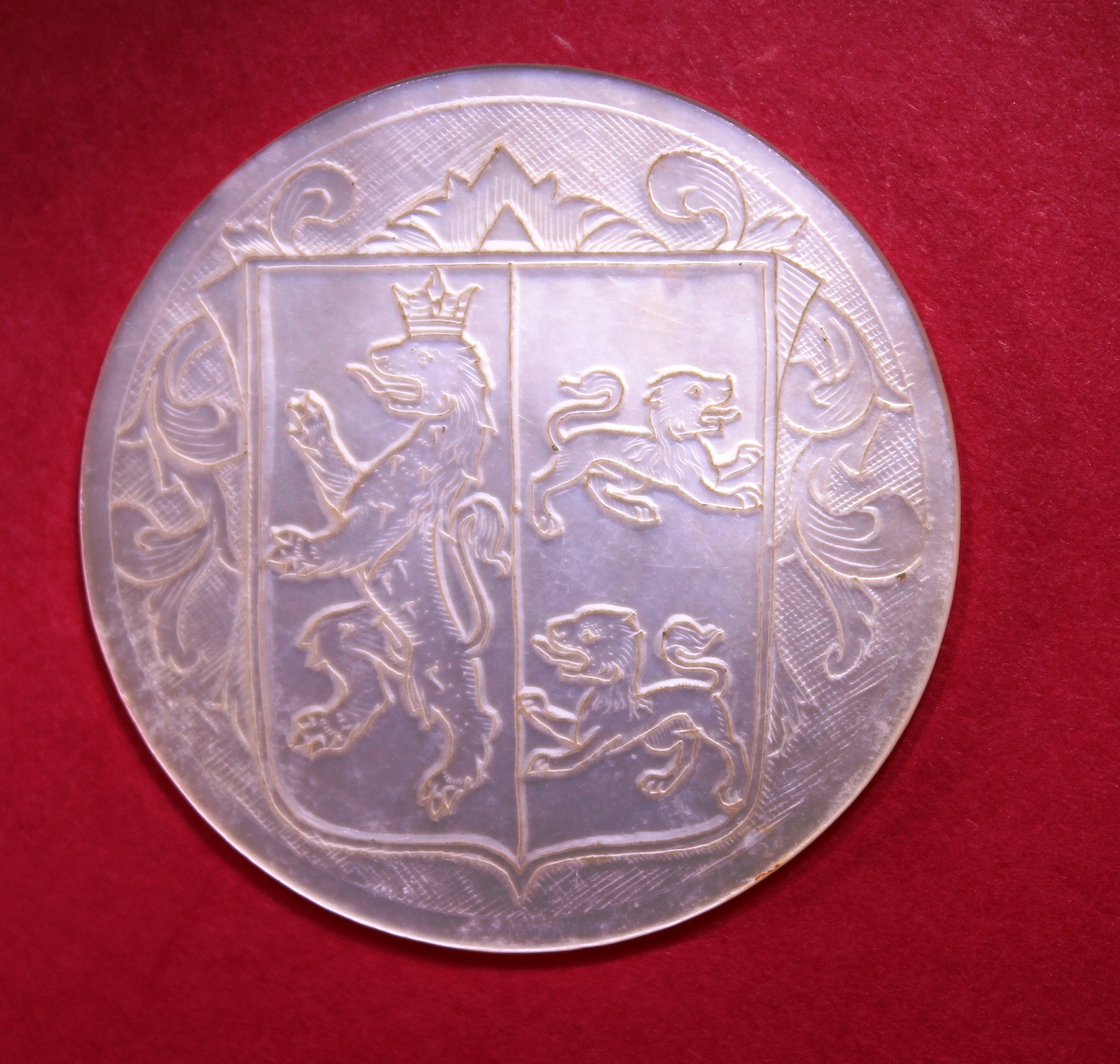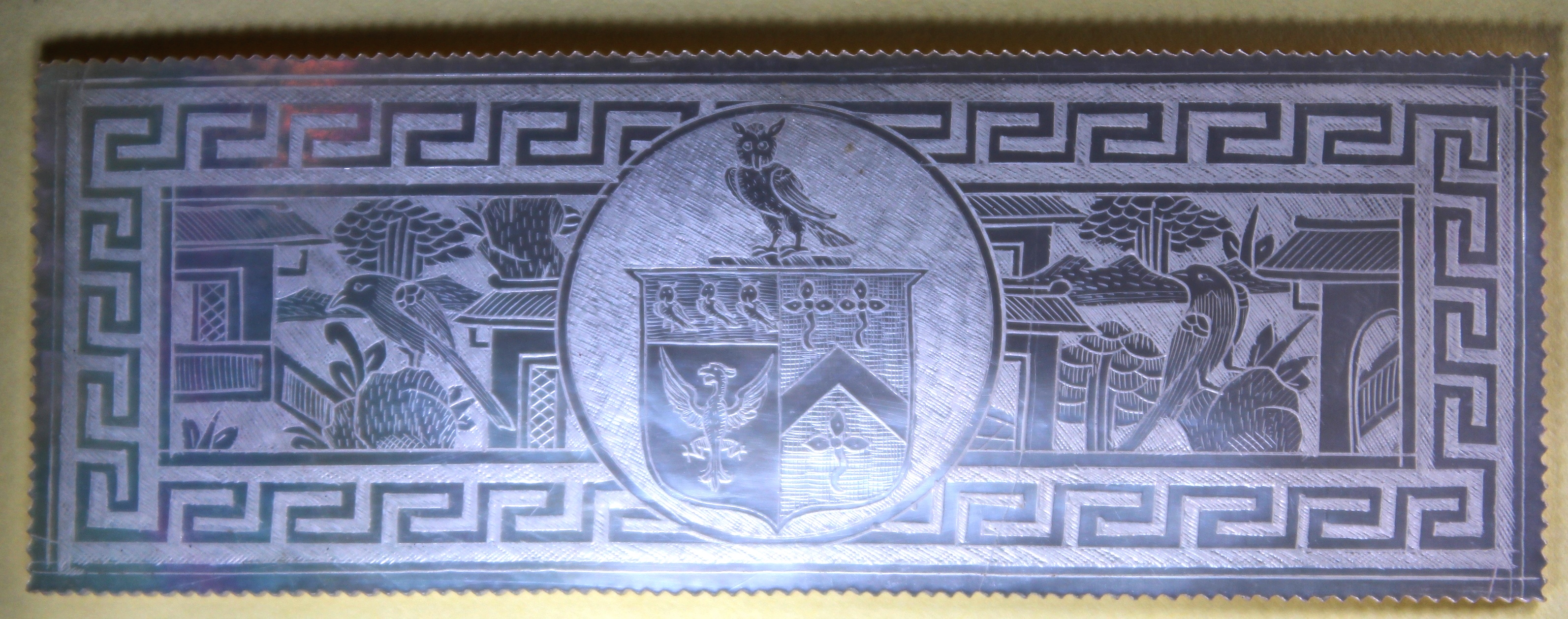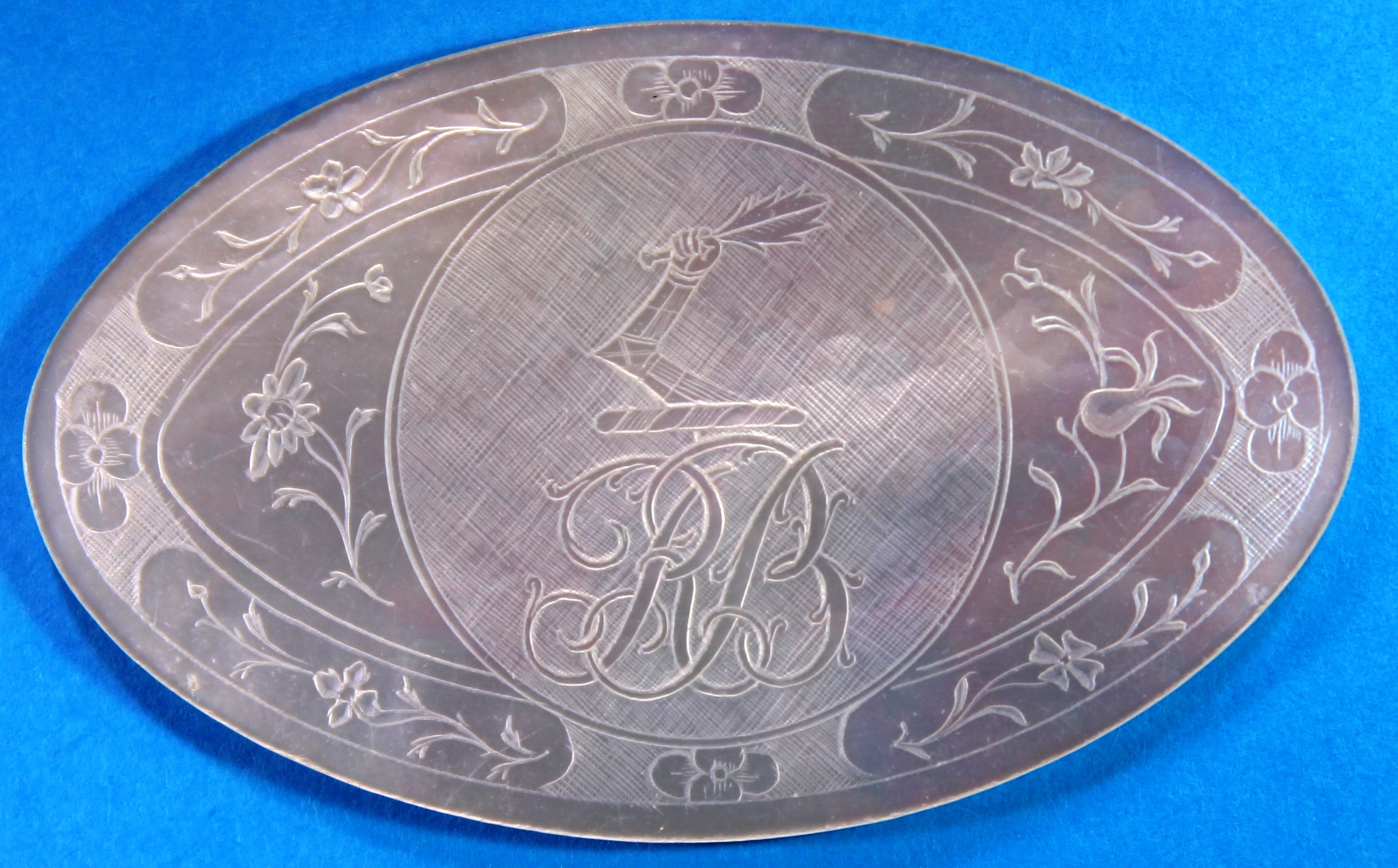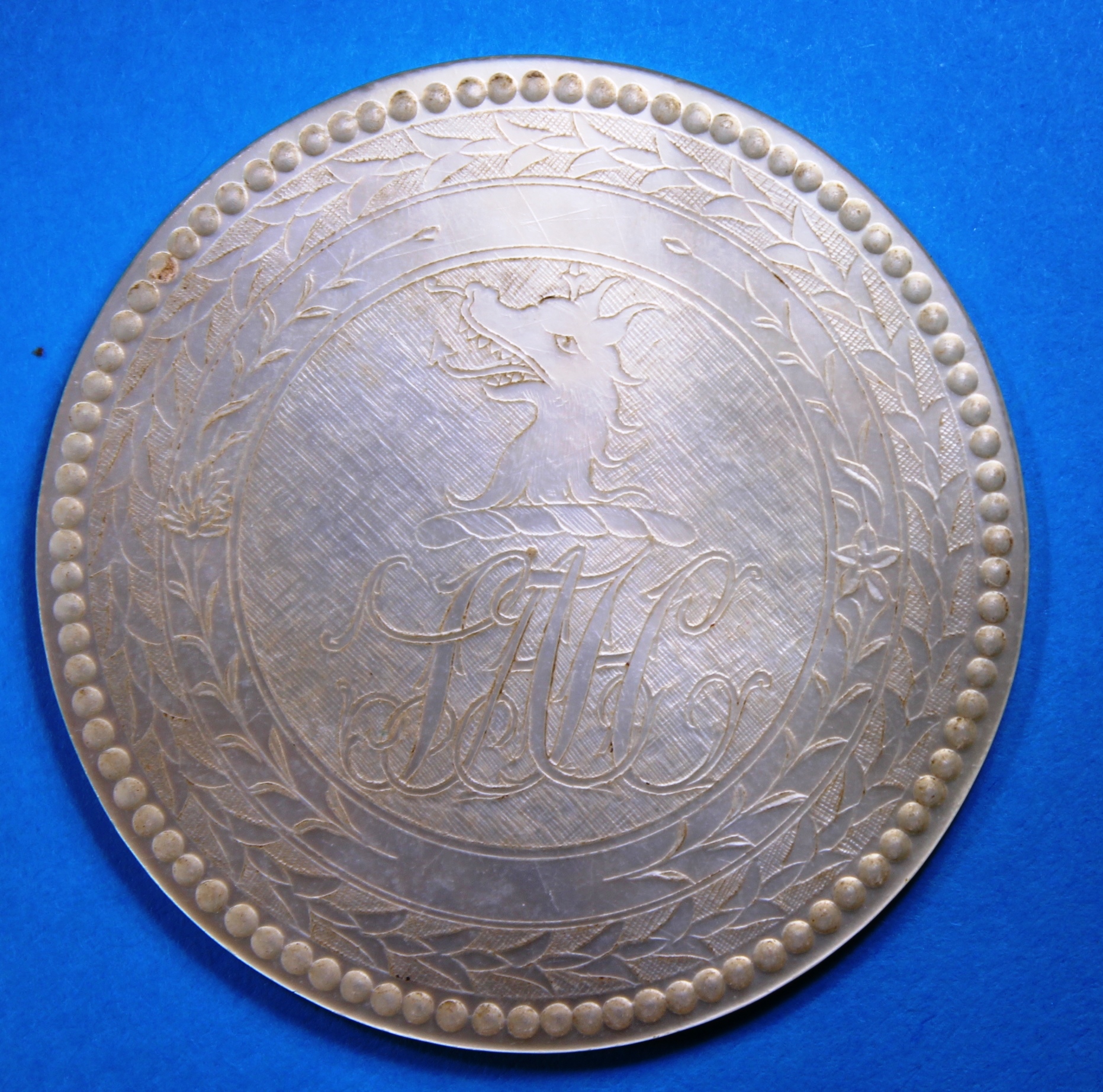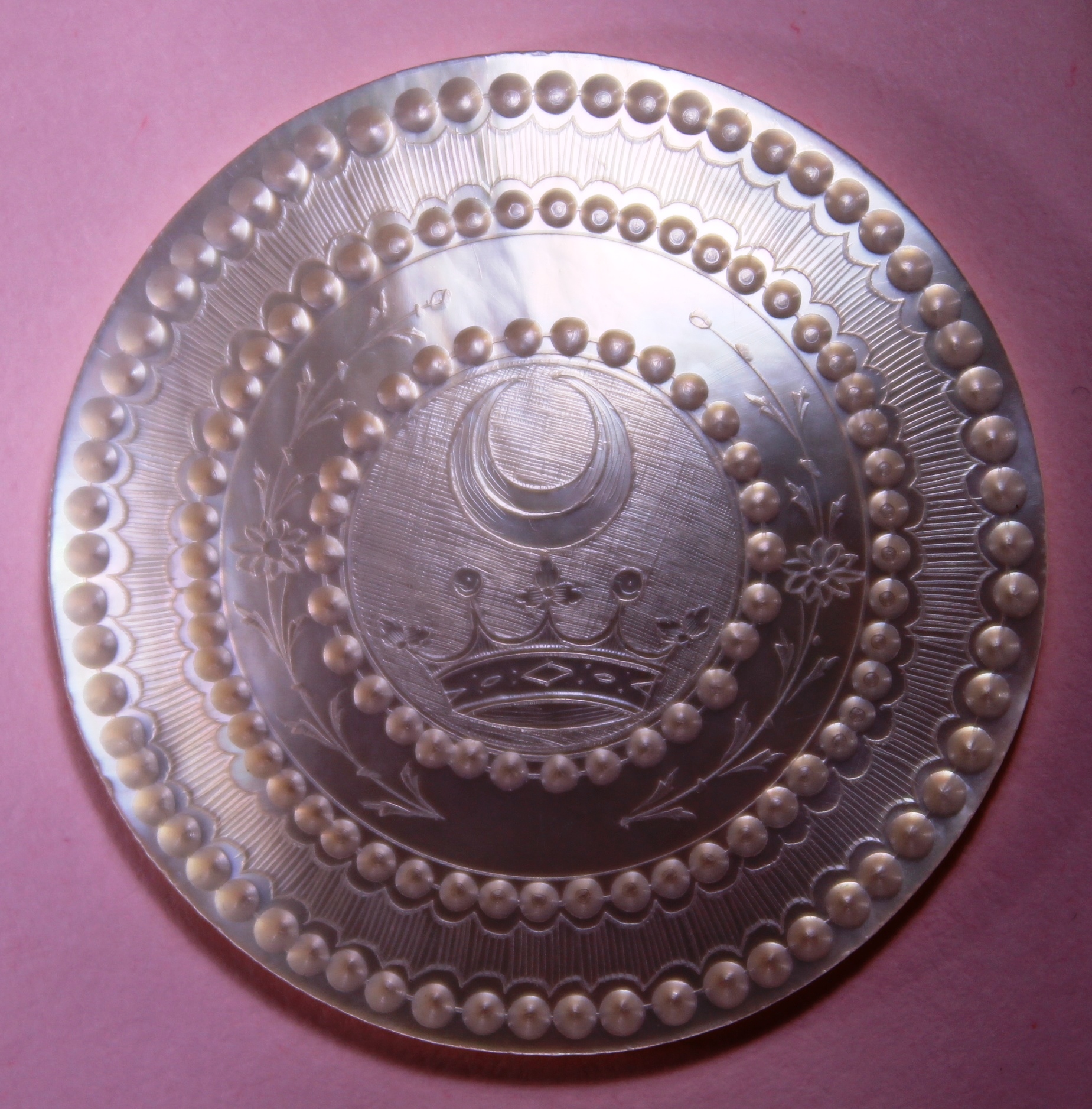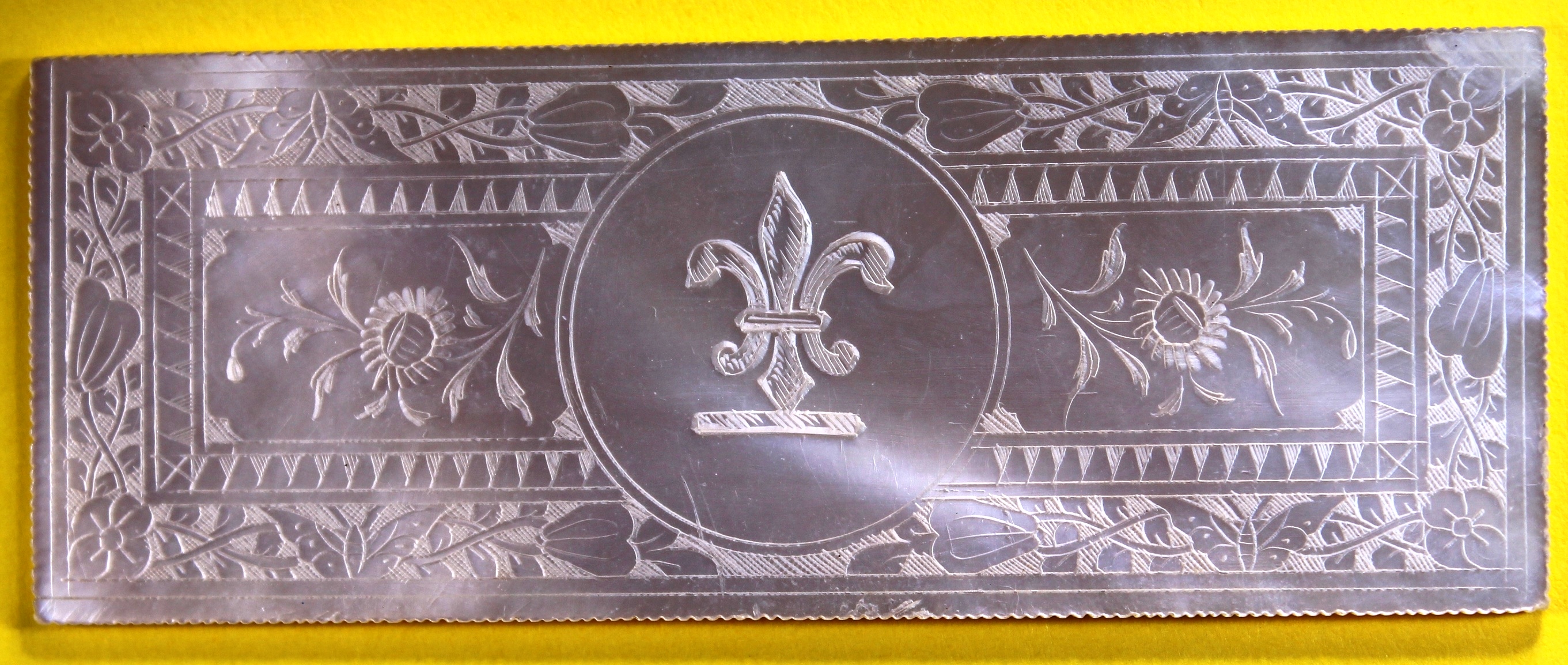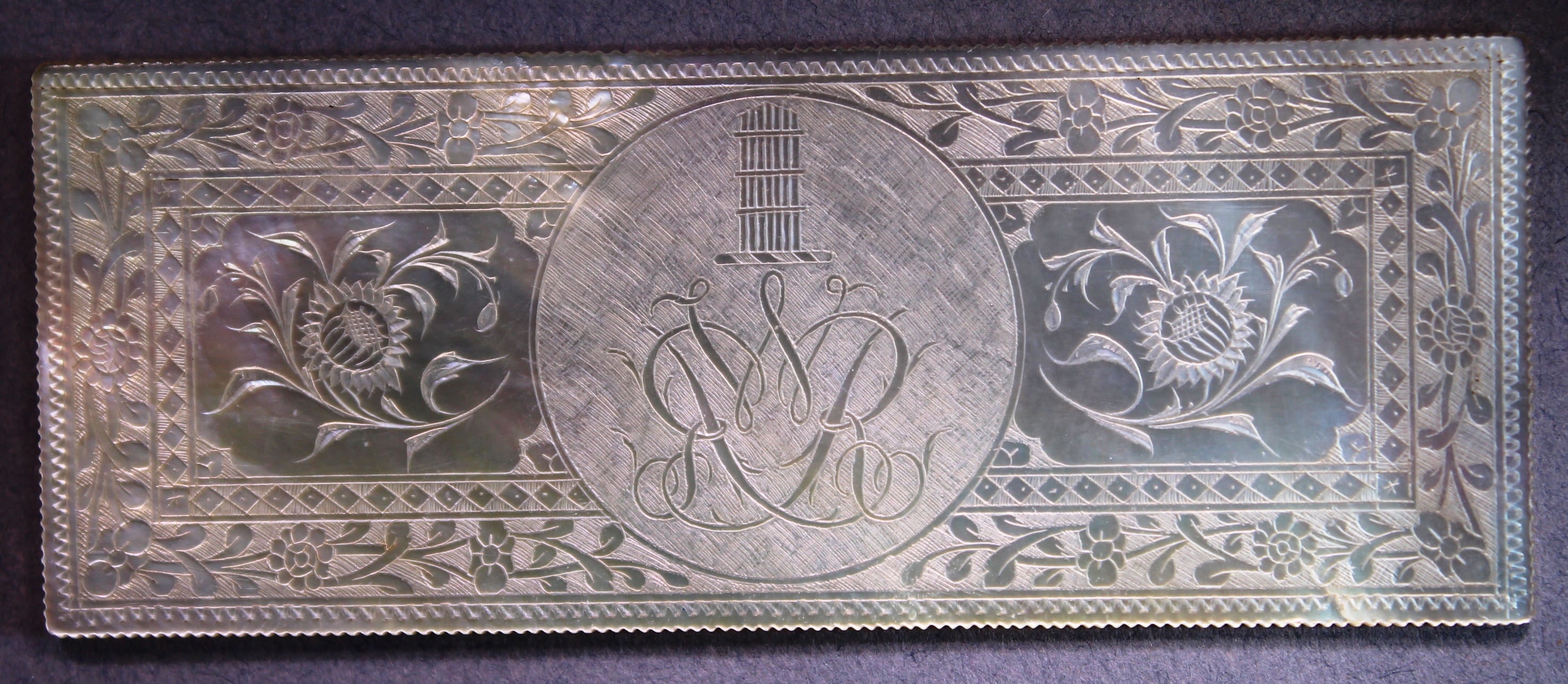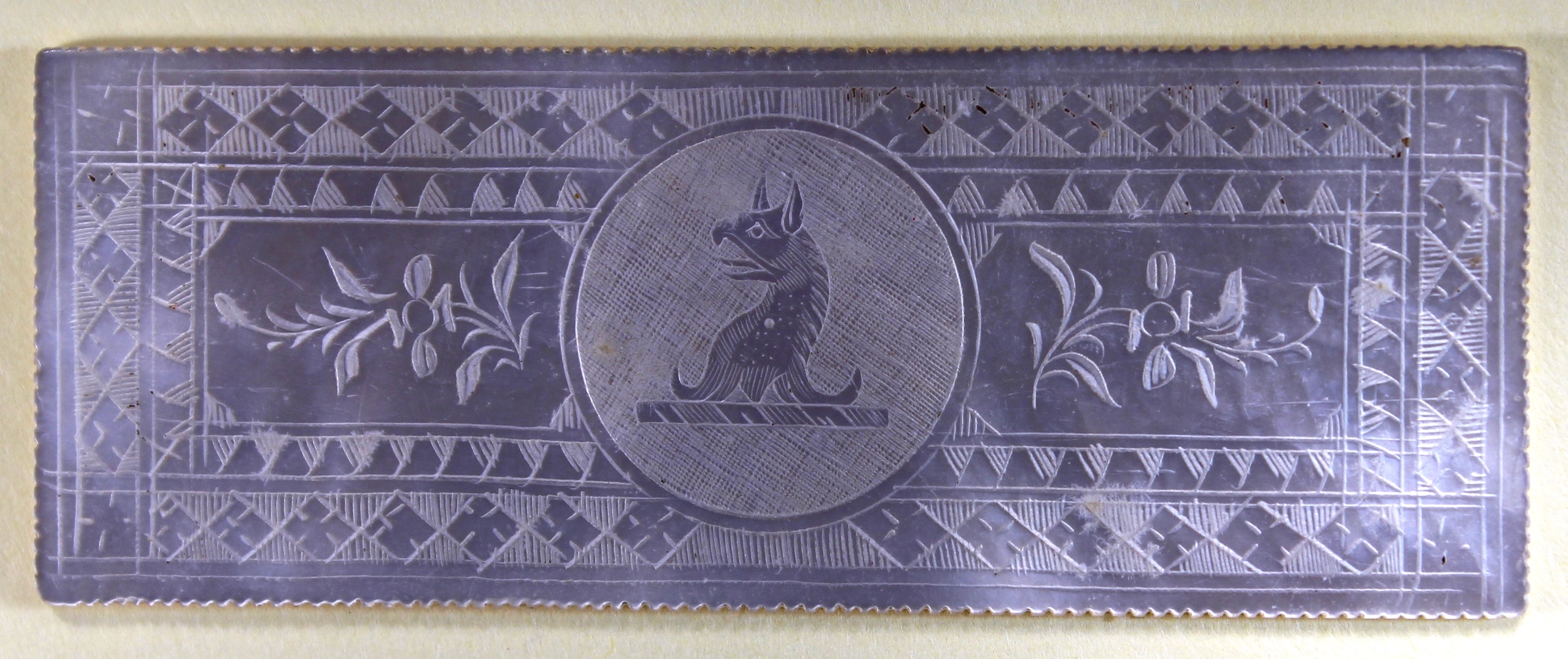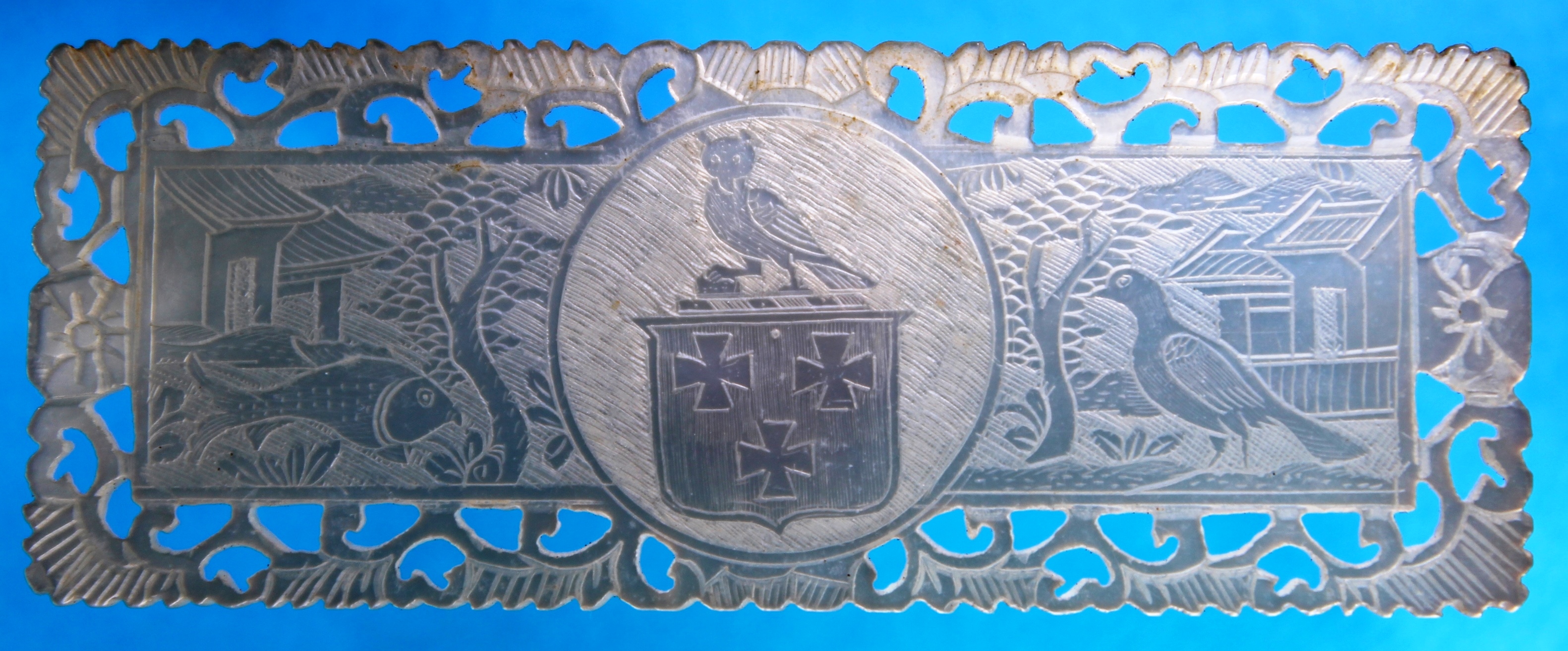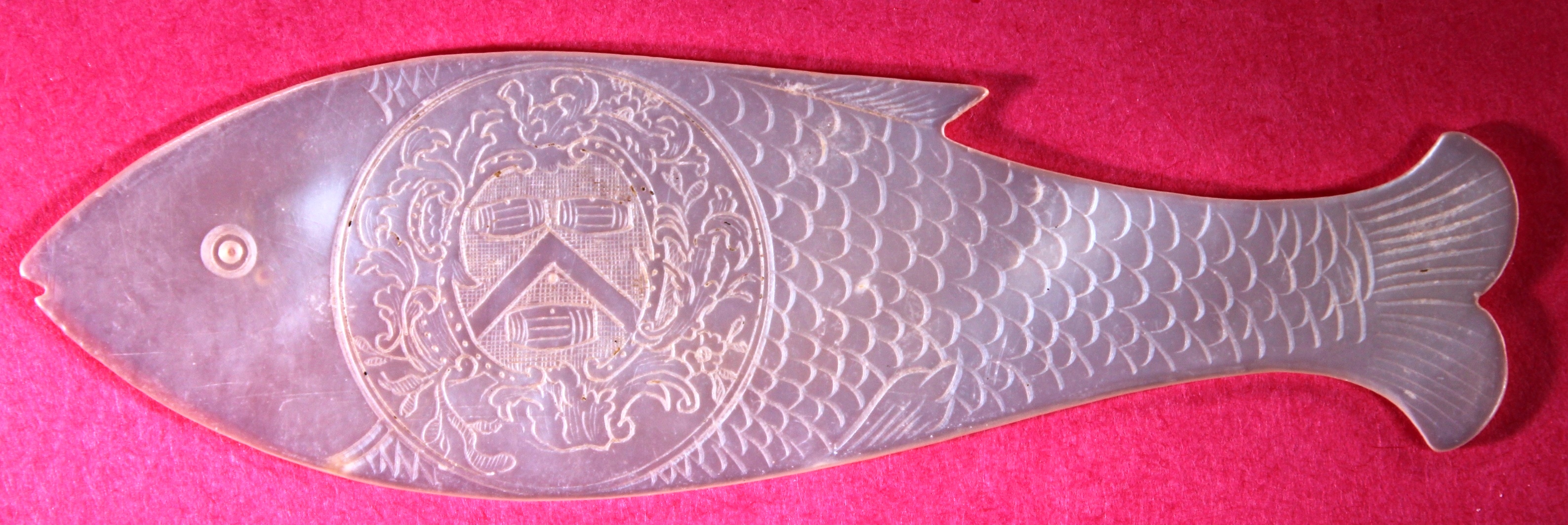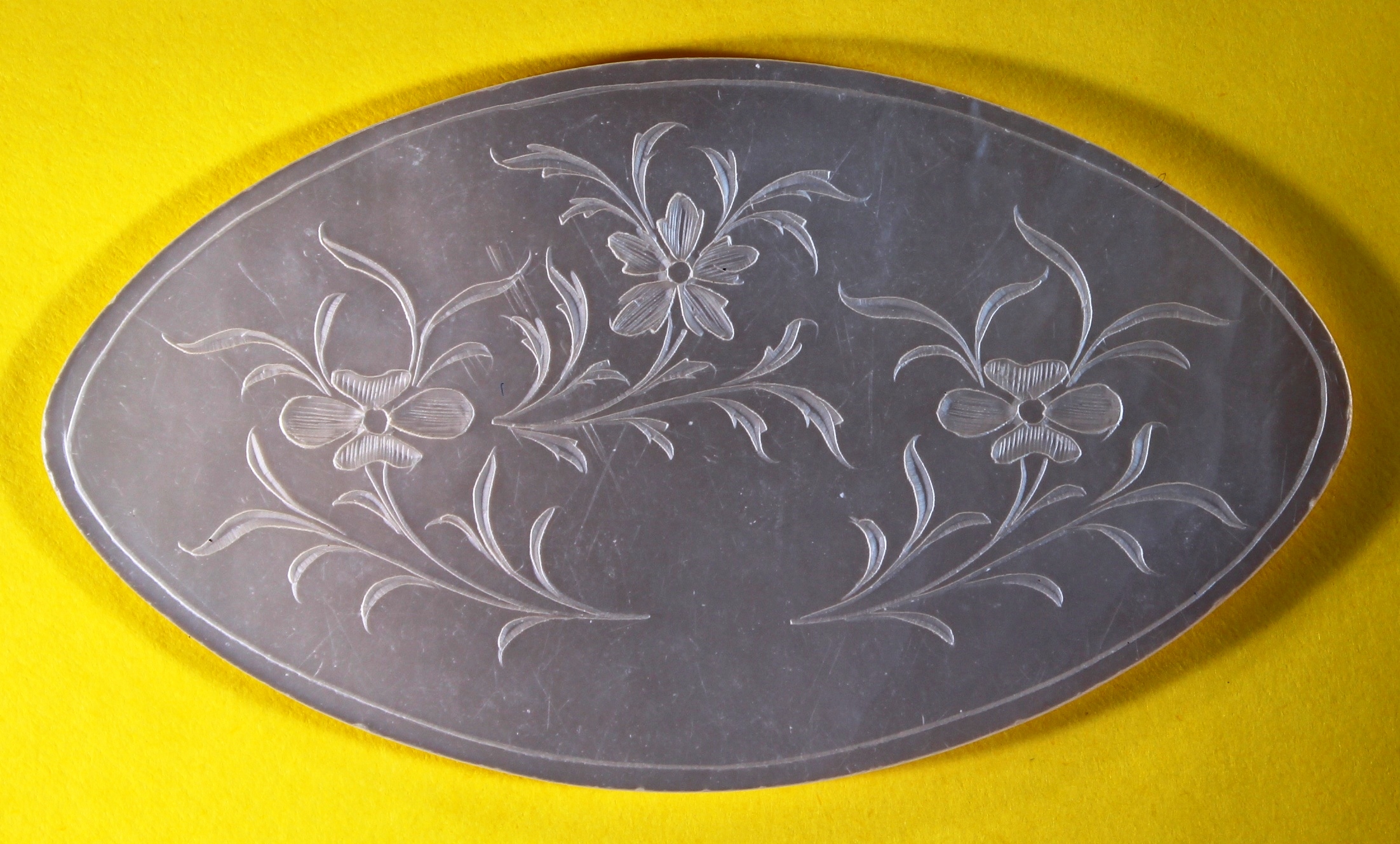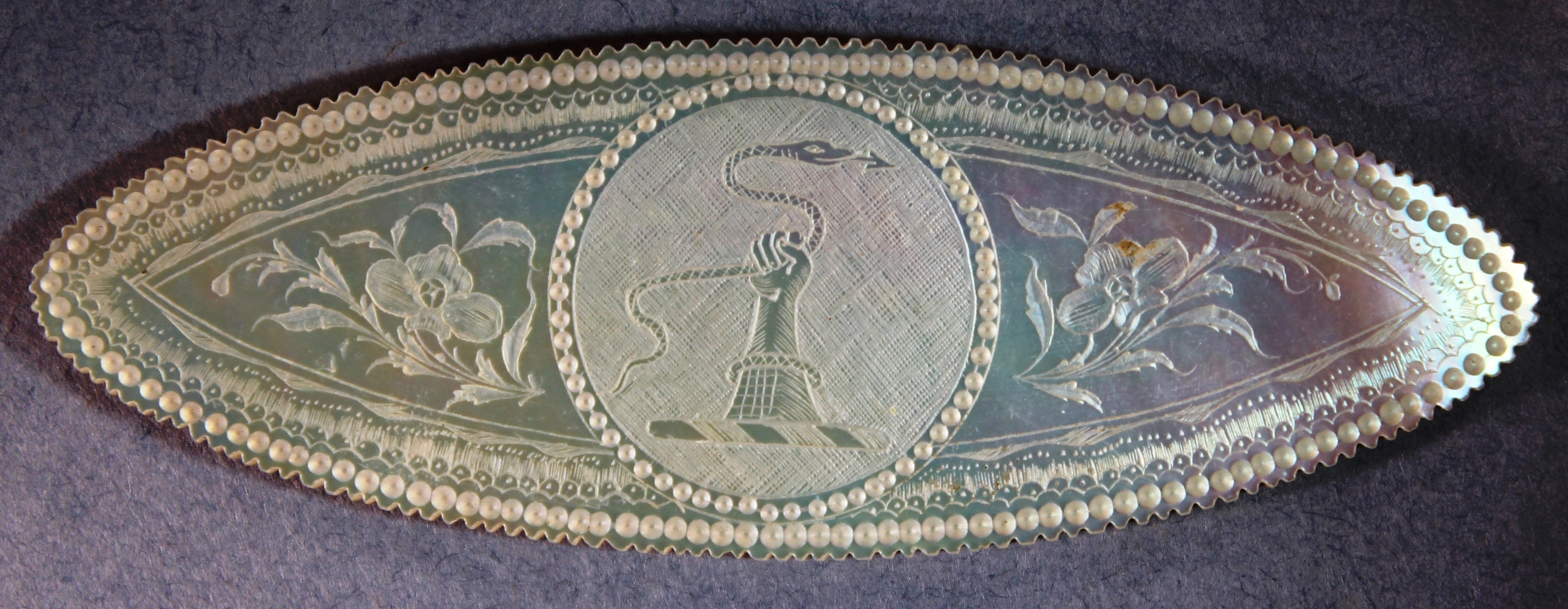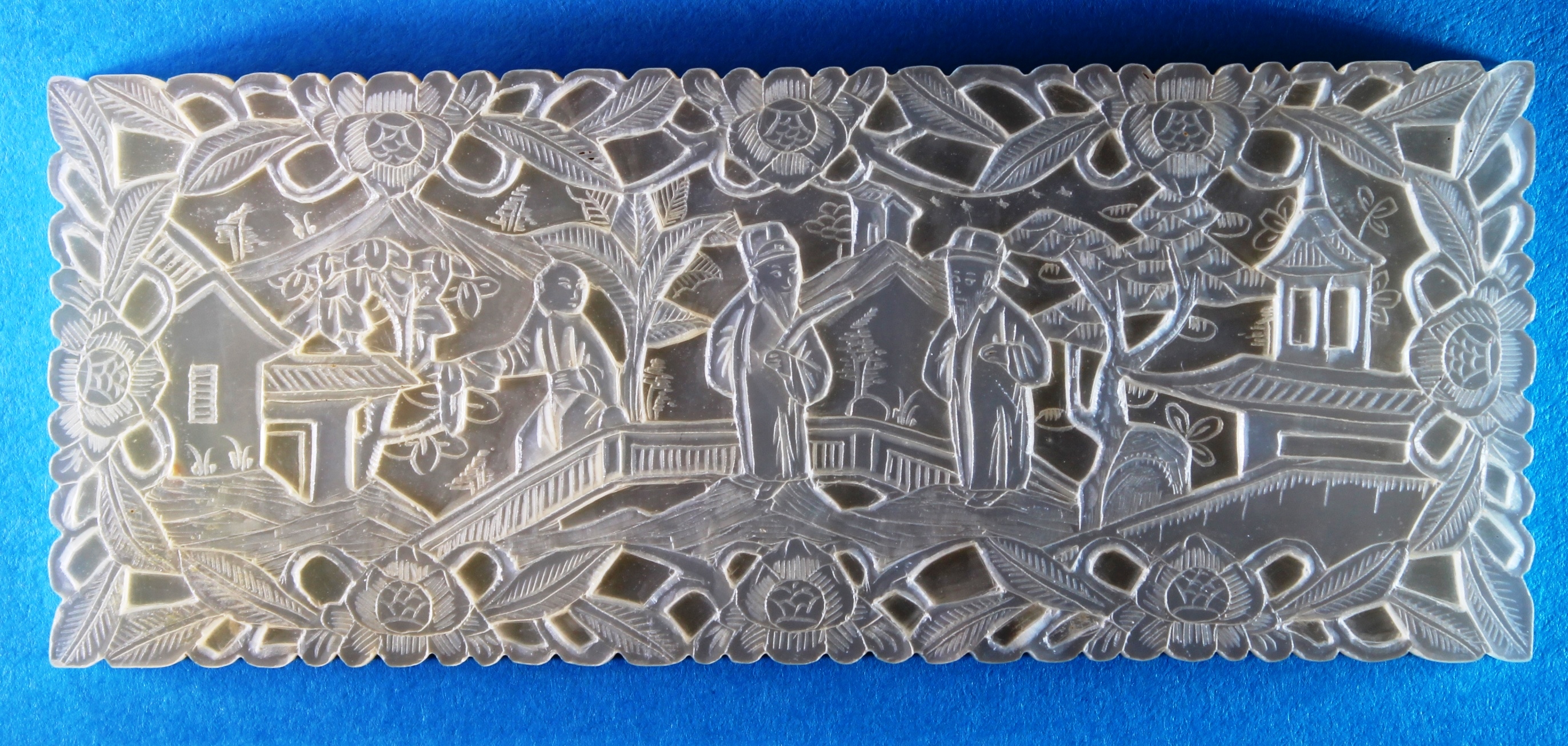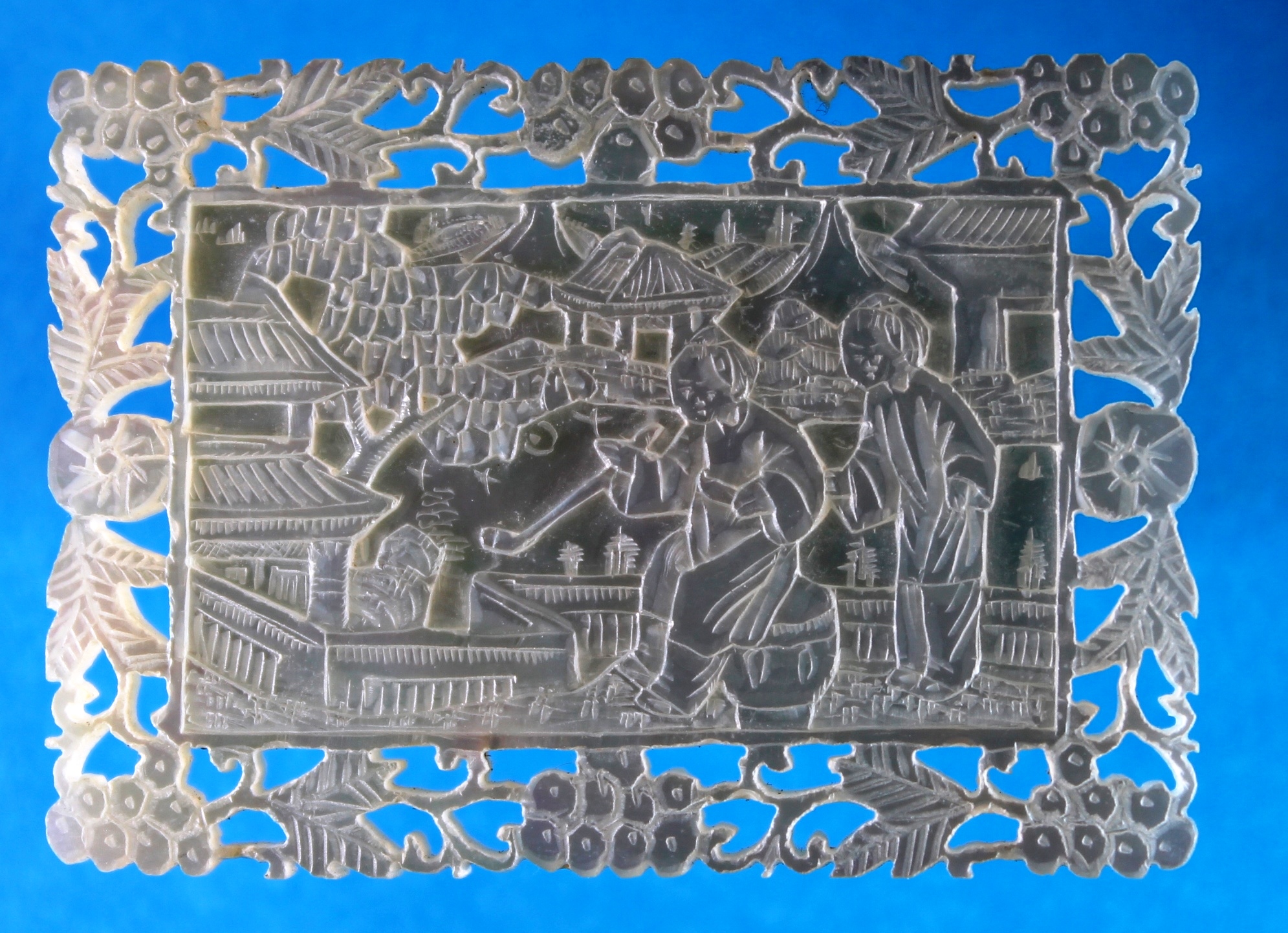How to date counters
Most counters have a border - or in some cases no border - which helps us to date them. When taken along with other features, it is possible to come up with a fairly reliable guide to the date of production. There are always exceptions though!
single-line border or no border: generally associated with early counters from 1720 - 1750
'swags' type border - 1760 -1770
key-fret border (Greek key-fret border) 1780-1785
'empty reserves' type border 1780
'Queen Charlotte' type border - develops from 'empty reserves' to have flowers in the reserves - circa 1785
drilled (or rarer double-drilled or even triple-drilled!) border 1810- 1840
vine-and-moth border ( with variations) 1810-1840
geometric border 1810 -1840
fretted (pierced) border 1830-1840
The style or sometimes the shape of the counter itself will often help:
armorial fish and double-fish - very few armorial fishes or double-fishes were produced after 1780 but very many fishes with the billing-birds ( i.e. non-armorial or pseudo-armorial) design were produced right up to 1840
around 1780 many counters were produced with well-drawn flowers
shuttle-shaped counters and ovals were produced around 1780 -1820
deep-carved counters were very popular from 1830 -1840
and of course there are combinations of these circa 1840 - deep-carved and fretted
